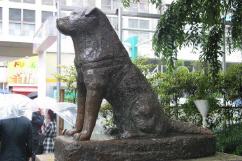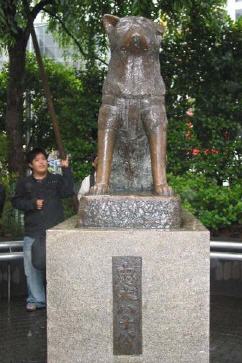Akita – the Origin
The Akita Inu is the Japanese national dog.
Origins of the breed can be traced back to the 15th century. Skeletal remains can be traced back even further. Similar-looking dogs must have been in existence in Japan up to 5000 years ago. The name Akita is taken from the Japanese prefecture in the northern part of Honshu. Here is the most likely birthplace of the breed. The second name “Inu” or “Ken” means nothing more than “dog”. During the Tokugawa and Taisho epochs (1603-1925) the Akita was thought to be the companion of the Samurai.
In 1931 Emperor Hirohito declared the Akita a national treasure, and further export was prohibited. This edict was followed until post-1945. During the Second World War many Akitas were sold to America. To this day the Akita is the embodiment of undying devotion in Japan. At Shibuya railway station in Tokyo there is a bronze statue of the Akita “Hachiko”, which reminds passers-by of this particular Akita’s devotion to his master. Hachiko was the dog of a Tokyo university professor, and accompanied his master to the station every morning, meeting him there again in the afternoon. Professor Ueno died in 1925 of a heart attack, but Hachiko maintained his ritual, going to the station every morning and evening for a staggering 10 years. Hachiko was found dead on 7th March, 1935, on the very spot where he habitually waited for his master.
Bronze statue of Akita “Hachiko”




